“In my opinion, there were only two directors in Hollywood who made films without regard to box-office success: Erich Von Stroheim and myself.”
So said Vienna-born noir master Fritz Lang (1890-1976). Lang came to Tinseltown in the mid-1930s after training as a painter, making landmark movies (“Metropolis” and “M”), and turning down an offer from Joseph Goebbels to head the German film studio UFA. In sunny California, the purveyor of angst and gloom snagged a contract with MGM.
For the next two decades, Lang, who was often difficult and demanding, directed many films with A-list stars for various studios, but never earned the acclaim he deserved. His career fizzled and he headed to Germany in the late 1950s to direct his final three movies, none of which resurrected his professional standing.
His work, however, was championed by Cahiers du cinéma critics and is highly regarded today. You can indulge in your own little Lang-fest starting Thursday when the Aero Theatre in Santa Monica starts Master of Darkness: The Testaments of Fritz Lang with “Scarlet Street” and “Hangmen Also Die!”
This delightfully dark series is must-see viewing for fans of film noir!
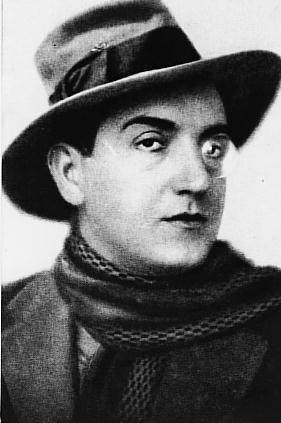







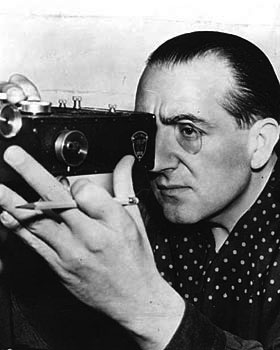
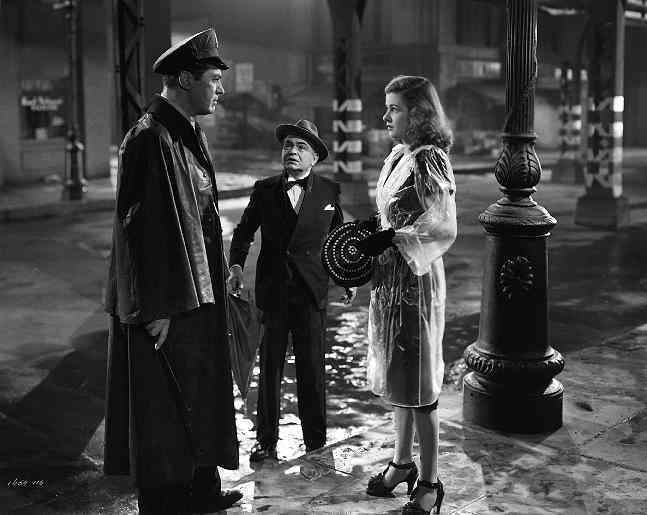
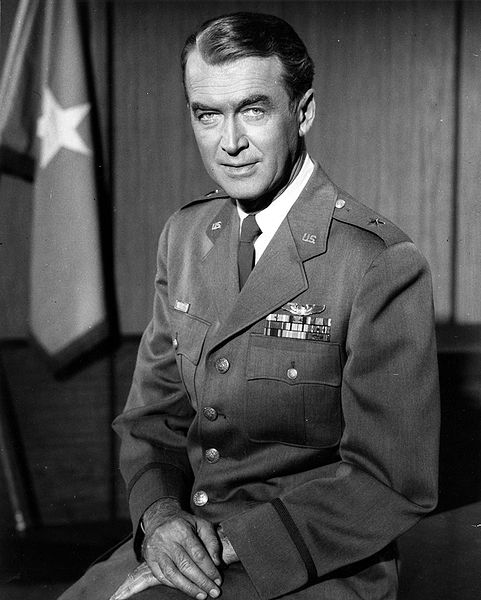
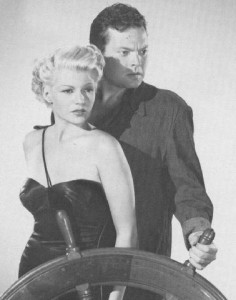
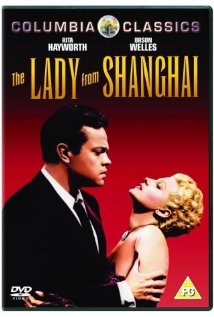

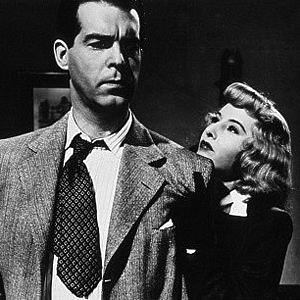
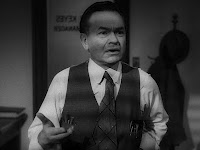
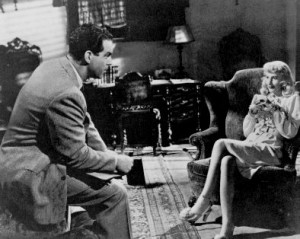

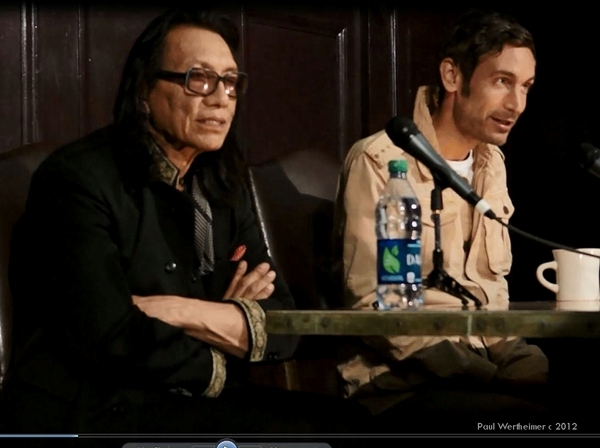





From FNB readers